My Second Film Roll
2024-04-13
It was initially disappointing, then some pleasant surprises and finally, every bit of it interesting like a song that you first dislike and later cannot stop listening to.
Before the long (yet incomplete) story, here's my three picks from my first black and white film roll, unstaged and unedited:
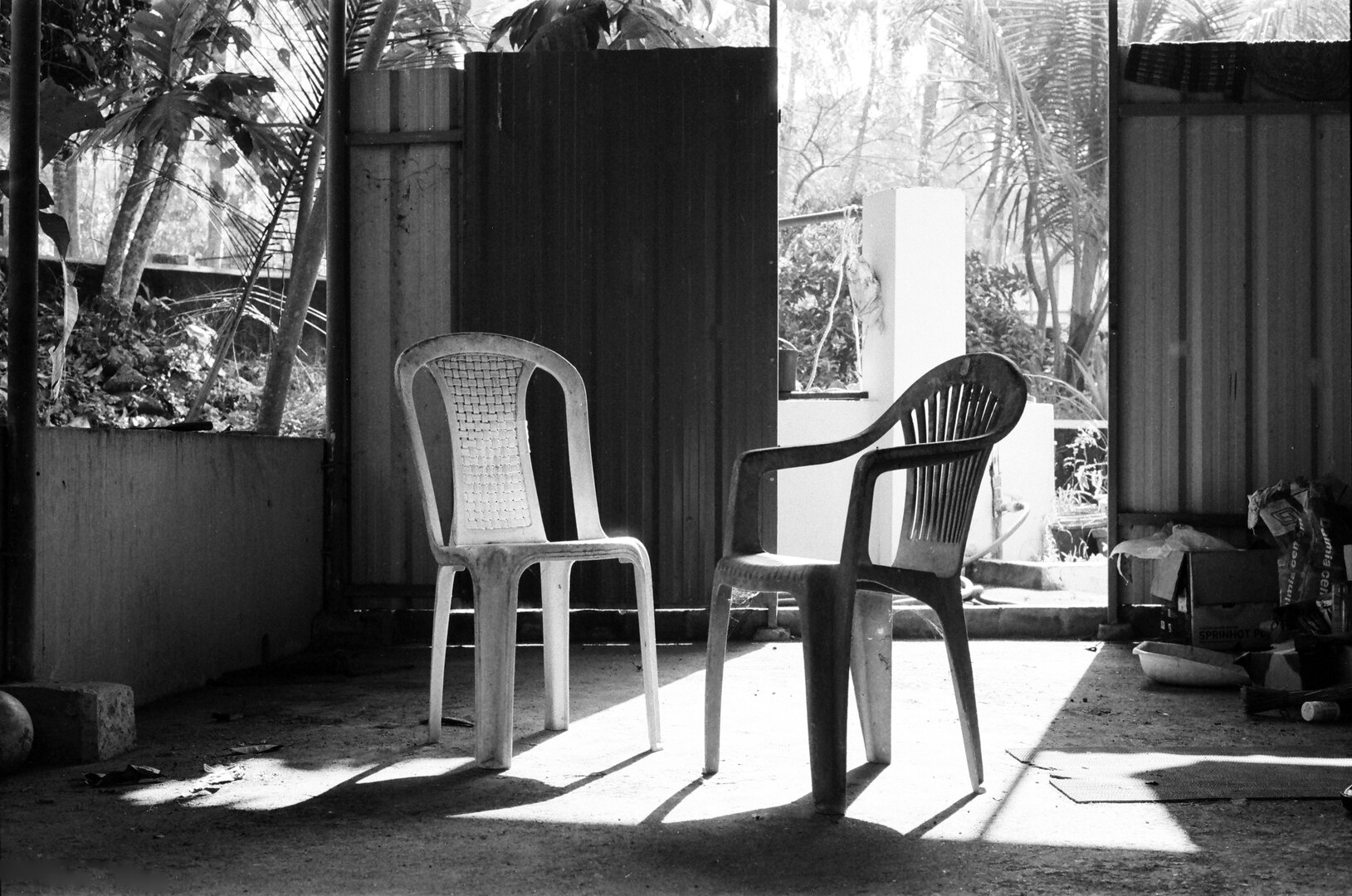
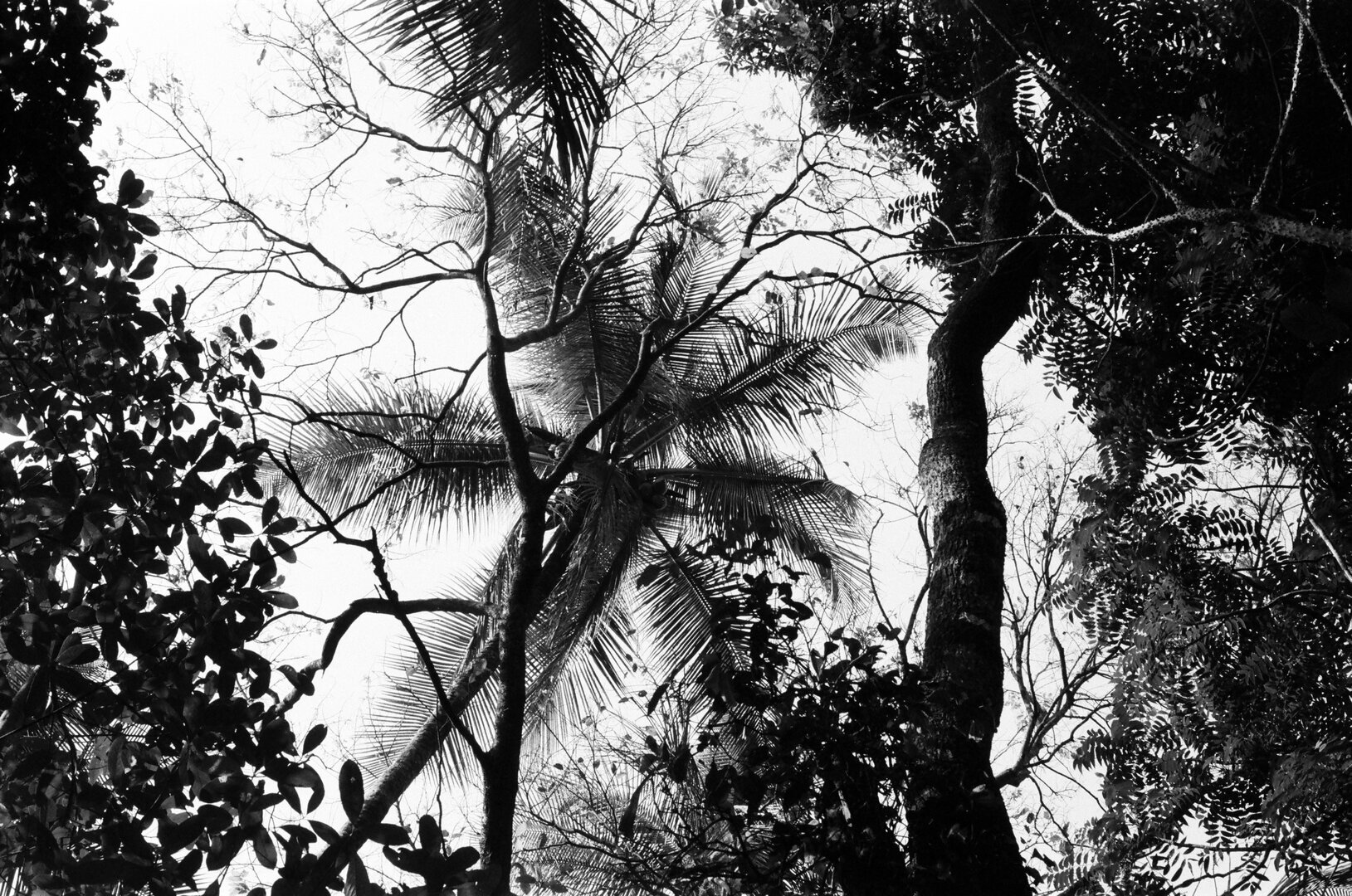
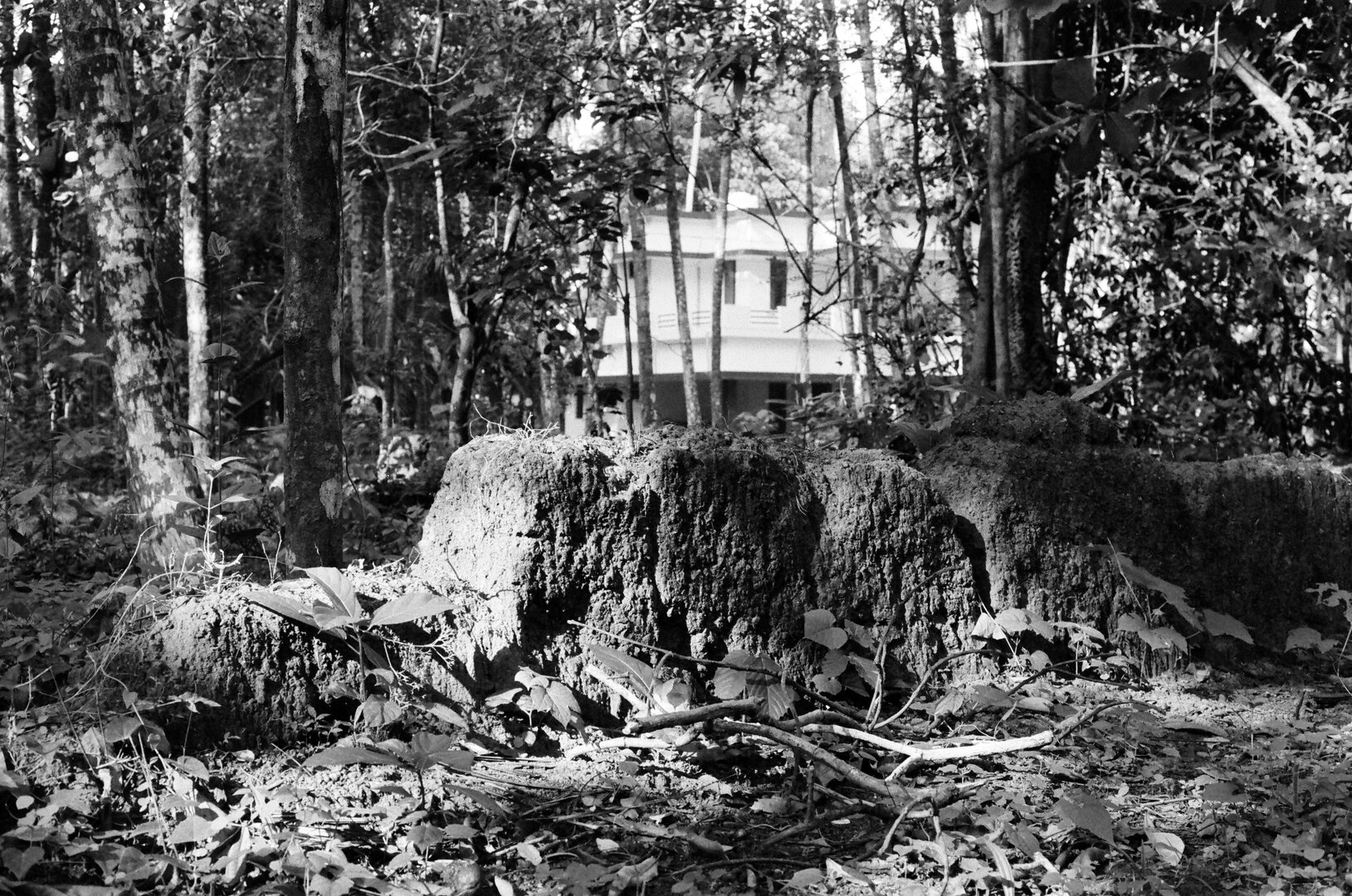
Summary
I've already made this blog post shorter than I originally intented, but it's still somewhat lengthy and technical. So if you are not interested in such details, here's the summary. Feel free to skip the rest of this post.- This was my second attempt at shooting film, with a lot of uncertainities including an unfamiliar camera that was also broken. I'm fairly happy with the results. Only a couple of shots turned out to be totally useless, that too due to a broken door latch.
- At first I thought almost all the pictures had exposure anomalies and the film had an extremely low dynamic range. Turned out I was wrong. First, the film and the scans were packing details that I could bring out digitally if I wanted to. Second, there was no need to.
- I noticed a strange phenomenon where a particular shot looks colorful to me.
- Somehow both the process and the results felt more rewarding compared to my DSLR. There is no doubt that I still prefer modern digital cameras for non-artistic purposes. But it feels like I'm not done with this film SLR experience. On the contrary, I have a point-and-shoot film camera that is easier to handle but less rewarding with both the process and the output.
- No more film vs digital discussion in this post. I've some thoughts and feelings, which I might post separately later.
Unusual Suspense
People say getting your photos back from the lab is always suspenseful. For me, there was added suspense due to a lot of uncertainities. For starters, I had never shot on film SLR before. Also, the camera (Nikon F-601 aka N6006) was bought used, online from a person whom I didn't know. The film (Kentmere 400) was also different from my previous attempt at film with a point-and-shoot camera.
This camera had an exposure meter, and it being in sync with my DSLR and common sense was somewhat reassuring. However, the focus indicator was way off from the image as seen through the viewfinder. Broken autofocus wasn't an issue since I wasn't covering an event or anything, but the situation wasn't good since you don't know what to depend on for manual focusing. Is it the indicator that is broken or the preview mechanism (if such a thing can happen)? Maybe I took some measurements using a tape to see which one of it was in sync with the markings on the lens, or took some identical shots on my DSLR with the same lens and focusing--I don't remember what I did--and eventually decided to go with the preview rather than the indicator. Still, I had to get the film developed to be absolutely sure.
Although the camera looked pristine and didn't have any technical issues other than the broken focus indicator, one day, to my horror, I found it in my storage cabinet with its film door wide open and the latch somehow broken. The easy fix was a duct tape (yes, I just taped the door close), but it was clear that some shots were gone.
(Note: Except for the dysfunctional autofocus and broken door latch, the camera performs extremely well. Autofocus is not an issue for me, and although there is no easy fix for the broken latch, I can continue applying duct tape on every film reload or put a rubber band vertically around the body.)
So I was ready to welcome anything except totally dark or washed out frames, since I'd detailed notes about every picture taken, so that I could learn from my mistakes.
Hidden Dynamic Range
What confused me first was that a shot would generally look proper-exposed, but there would be both true black and blown-out-looking areas. These bright areas were due to me taking most of the photos in harsh sunlight, to bring out contrast. And I knew that Kentmere 400 wasn't known for its high dynamic range (people are even suggesting "pulling it to 200 ISO" to get a better dynamic range). But I hadn't expected the shots to be blown-out. I even suspected the quality of the scanning process at some point (which is actually good).
But then it occured to me that I had the scans in TIFF rather than JPEG, so I might be able to bring out the details. So I opened one file in GIMP, played with the Shadows and Highlights dialog, and yes, there were lots and lots of details! But tilting the (cheap LCD) laptop screen showed me that those details were already there in the original preview. Also, the TIFF files were in 8-bit which meant they weren't hiding any details. It's only that those areas were so bright (but not blown out) so that I wasn't noticing the details. Now that I'm home and using a better monitor, I can see that the bright areas aren't blown out at all.
Also, I just had to get used to how high-contrast harsh-light black and white film photos look like.
In other words, this film has high contrast, but I don't think that means it has a poor dynamic range. It's as good as or better than any reasonably priced DSLR out there. If you are interested in a comparison, check out this PetaPixel article that does it better than I ever could.
Note: The default monochrome output from Nikon D3300 has less contrast and looks real. But the high-contrast nature of this film works well for these particular shots.
Colorfool Black and White
Here's a strange phenomenon: the Dotted Taro leaves in the following picture look almost colorful to me (try enlarging, maybe). I see the leaves as green and the lines as red (which they are).
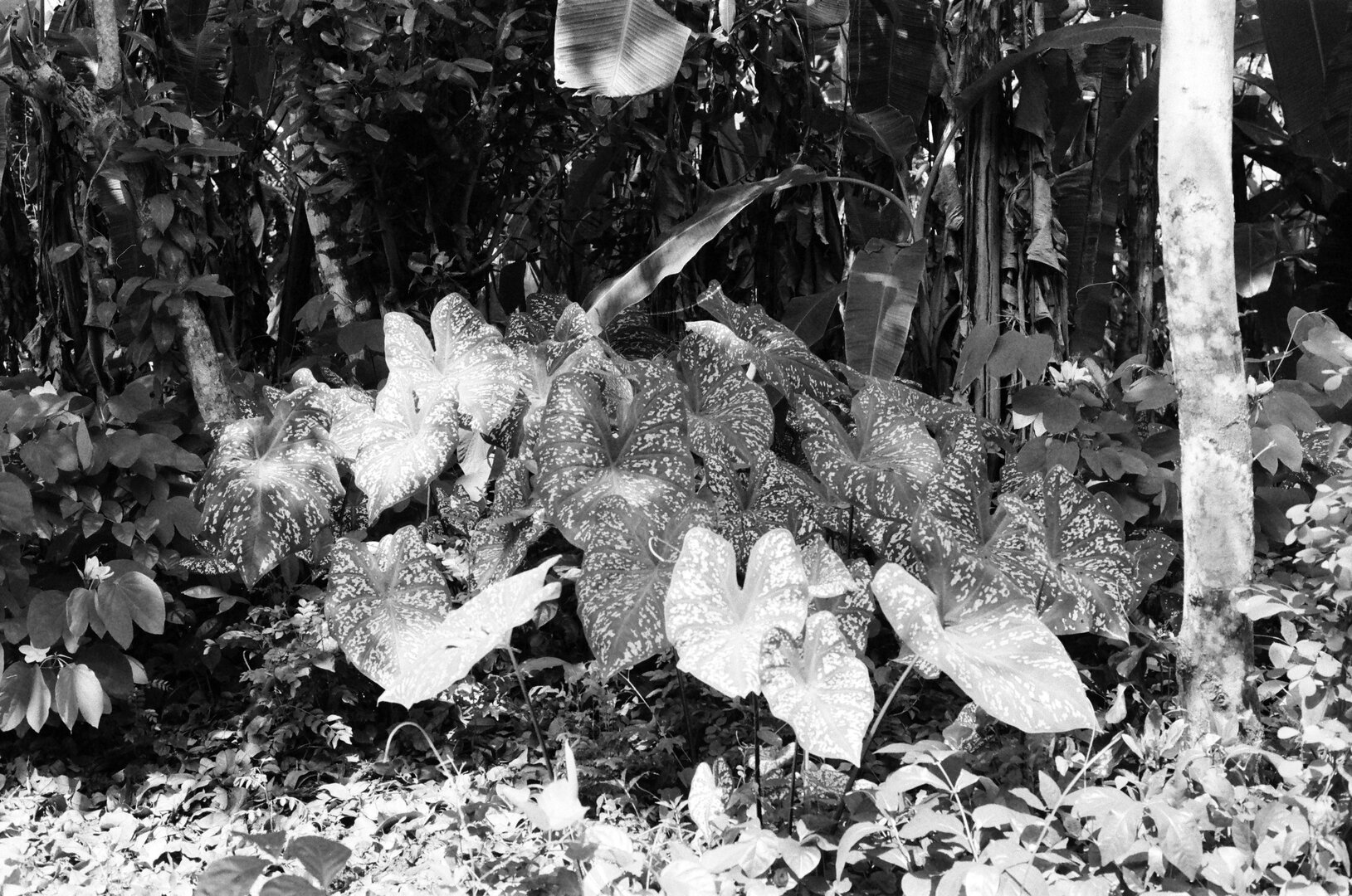
Quick Closing Notes
- It took more than a year to finish the roll; one day I decided I couldn't wait anymore and force-took some ten photos to finish the roll. My three picks in the beginning include two of them.
- My original plan was to use Kodak Gold 200 with this camera and Kentmere 400 for Nikon M38 (point-and-shoot). That's because I thought black and white would help hide the incapabilities of that cheap camera. I had to reverse the choice due to some mishandling. Seeing the results, this combo well too. By the way, if you are interested in the point-and-shoot shots, check out my gallery.
- All shots are taken with Nikon 50mm 1.8D lens, which is an amazing piece of glass.
- The scans I got from the lab were 8-bit TIFF files at a resolution of 6774x4492. Last time they said they were using Noritsu HS-1800 (scanner), which must apply this time as well.
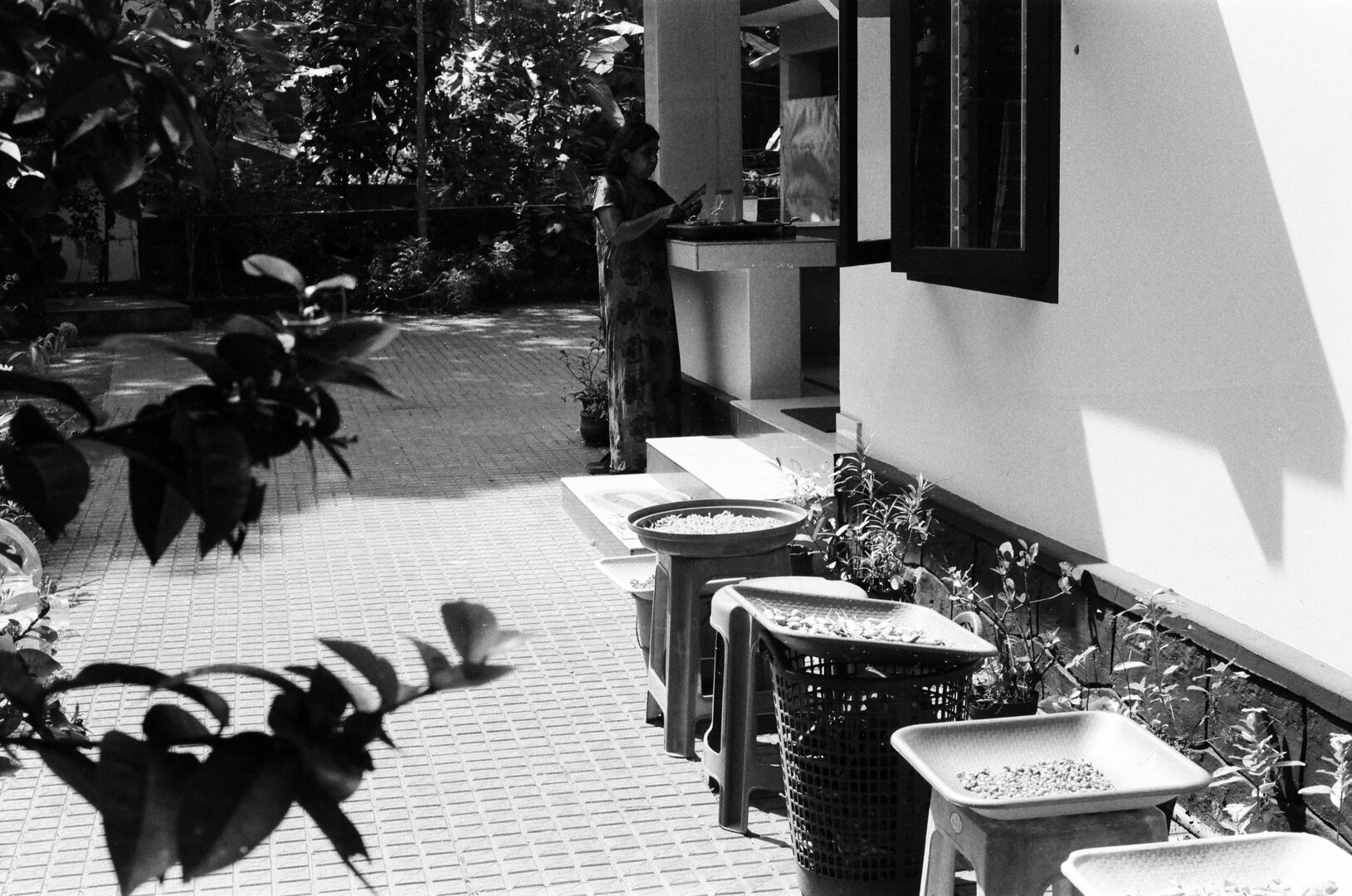
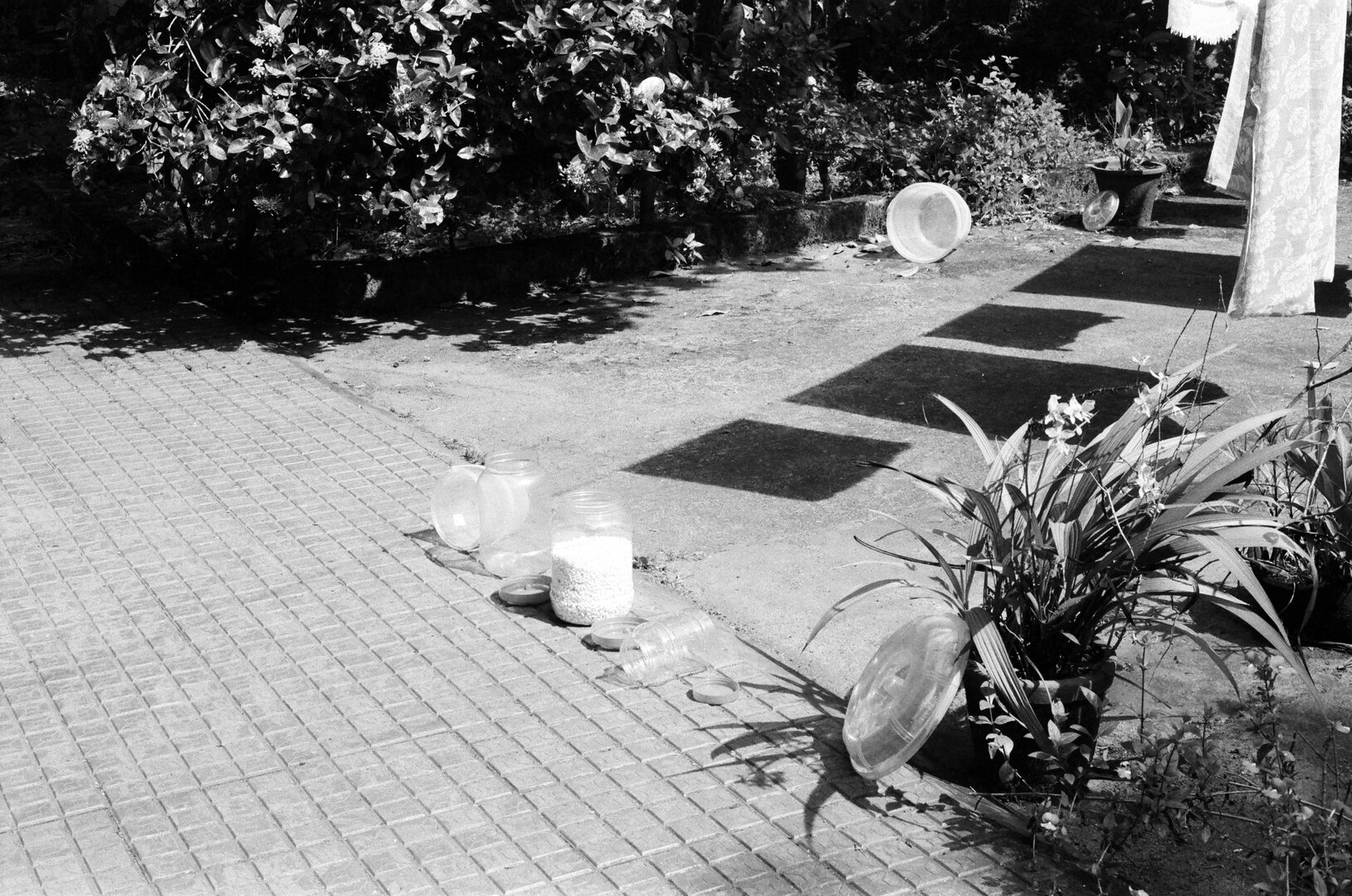
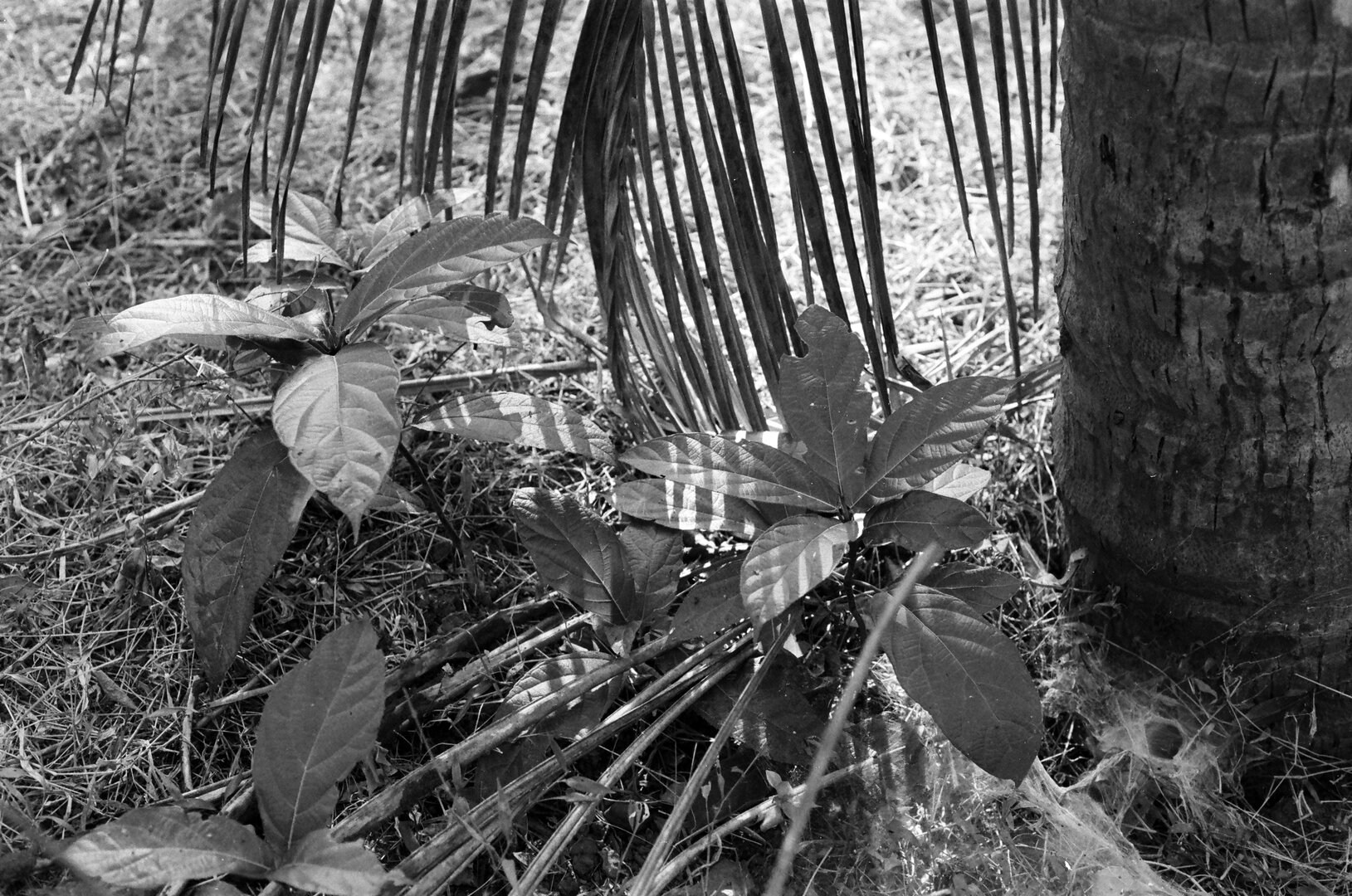
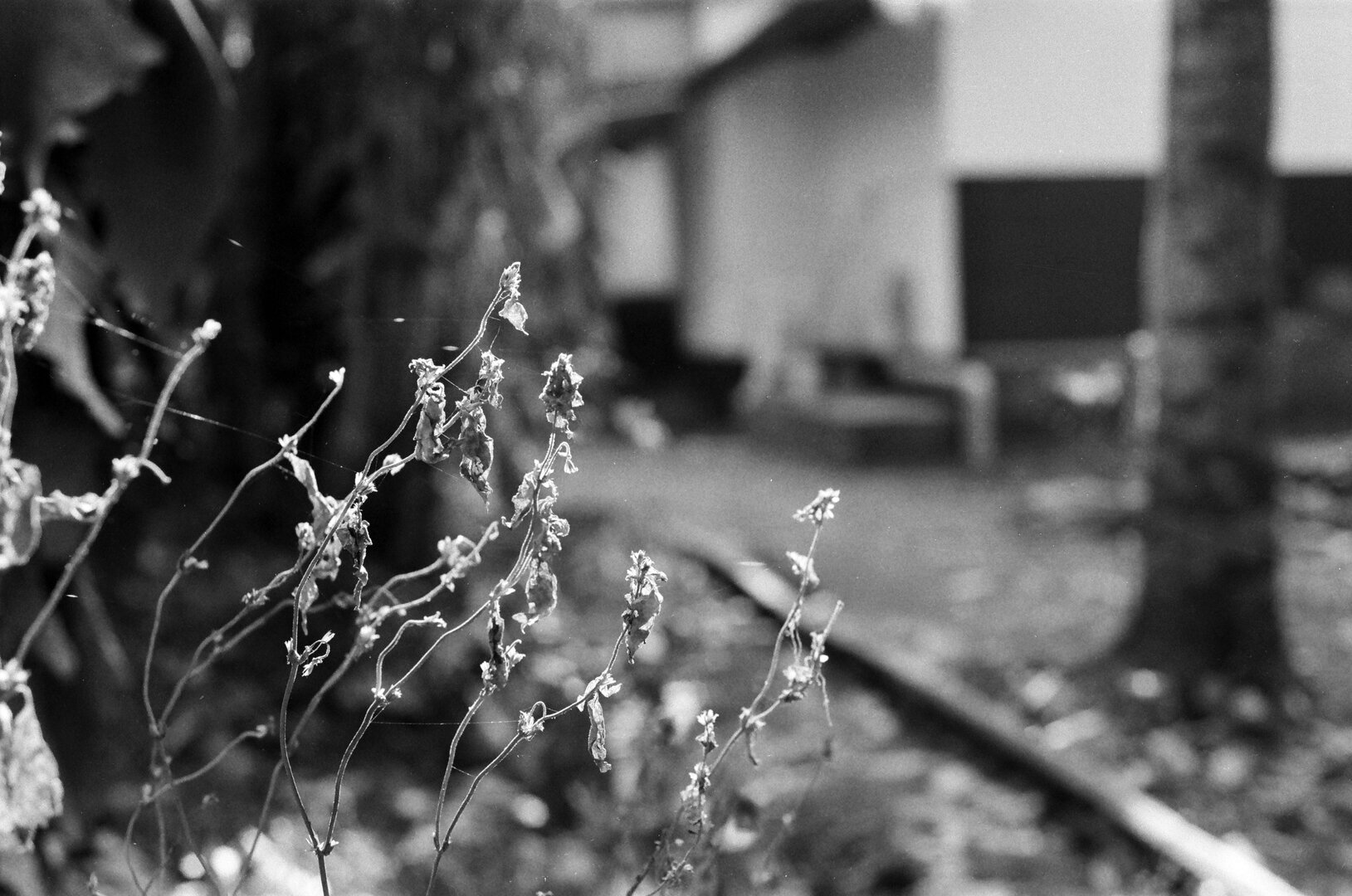
Nandakumar Edamana
Tags: photography, film, analog, experience
Read more from Nandakumar at nandakumar.org/blog/